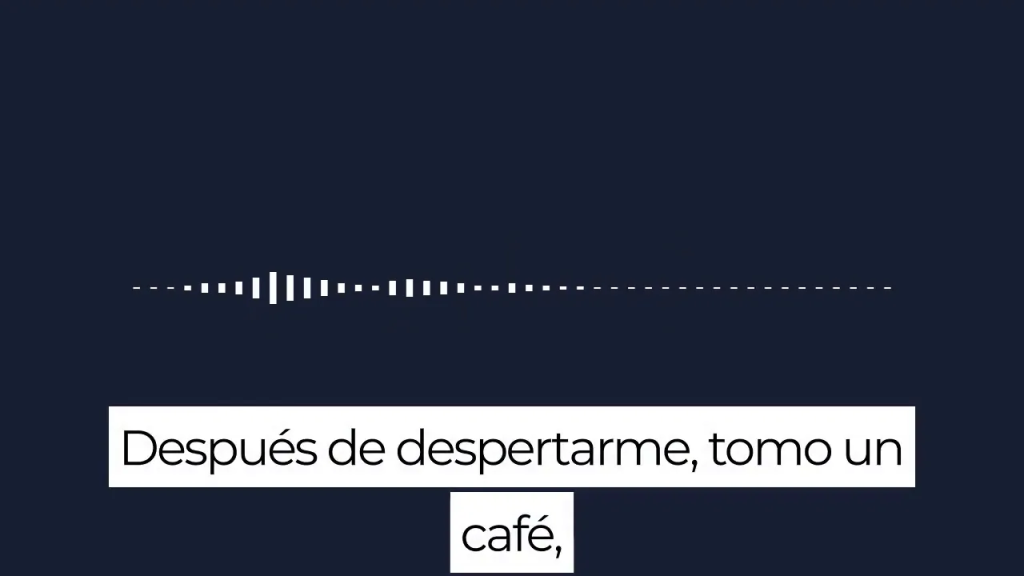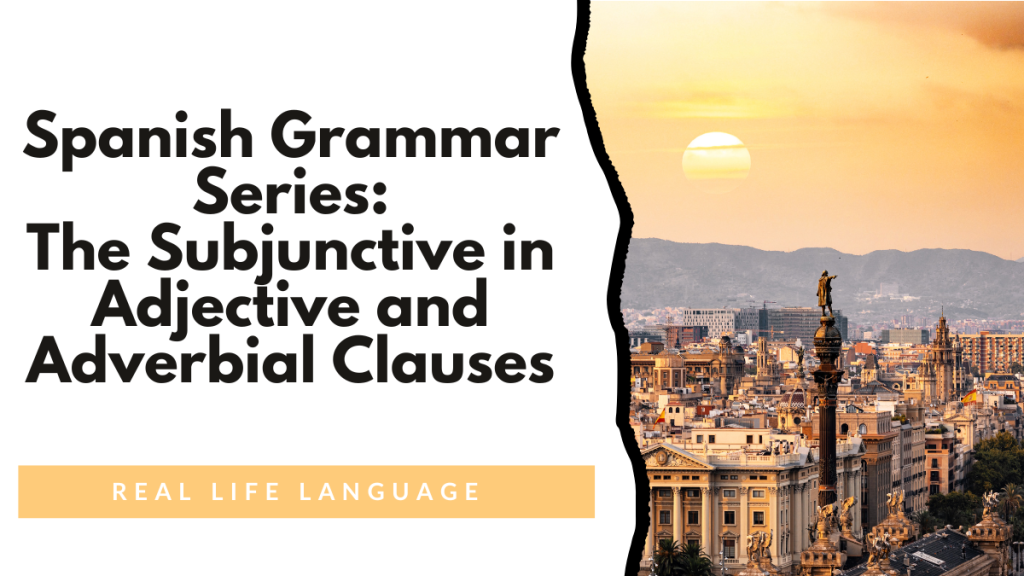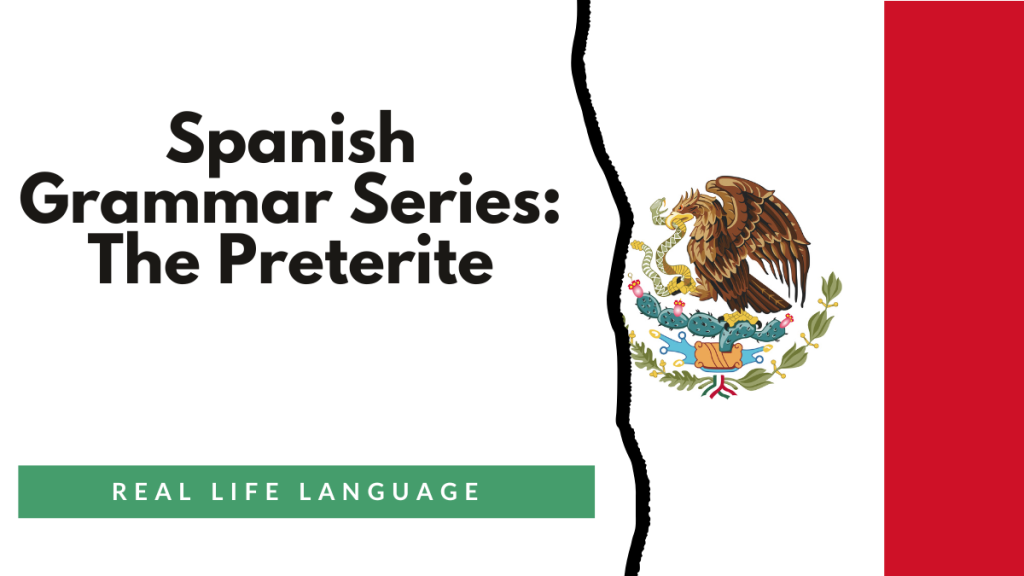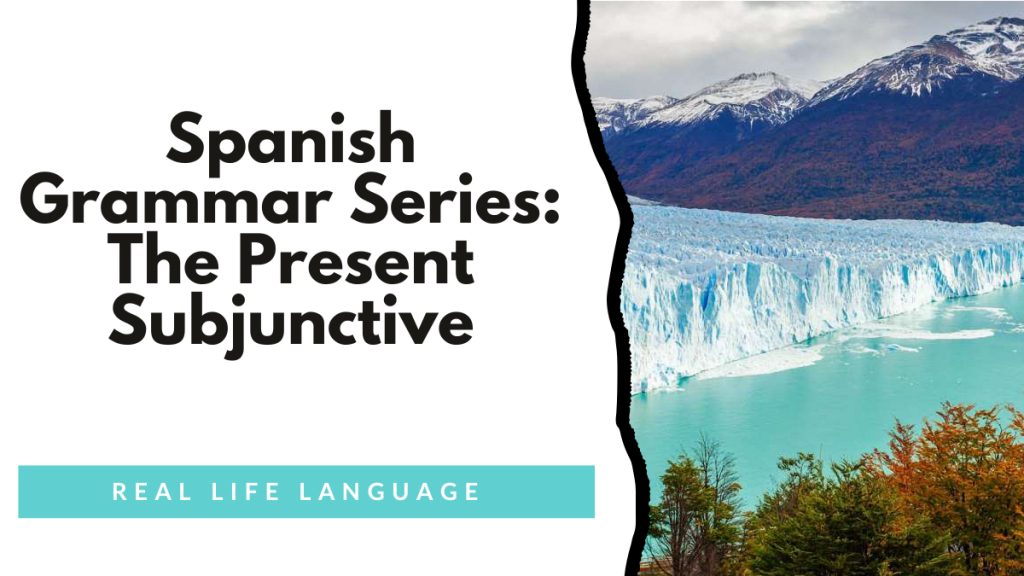Spanish classroom activities | Teach reflexive verbs with a daily routine
Spanish Grammar SeriesSpanish classroom activities that focus on reflexive verbs become simple and memorable when you use a short, realistic daily routine. Below you will find a compact Spanish routine followed by clear, practical English explanations and classroom-ready activity ideas to help learners practise present-tense reflexives. A short daily routine in Spanish Hola, ¿cómo estás? Yo bien. […]





